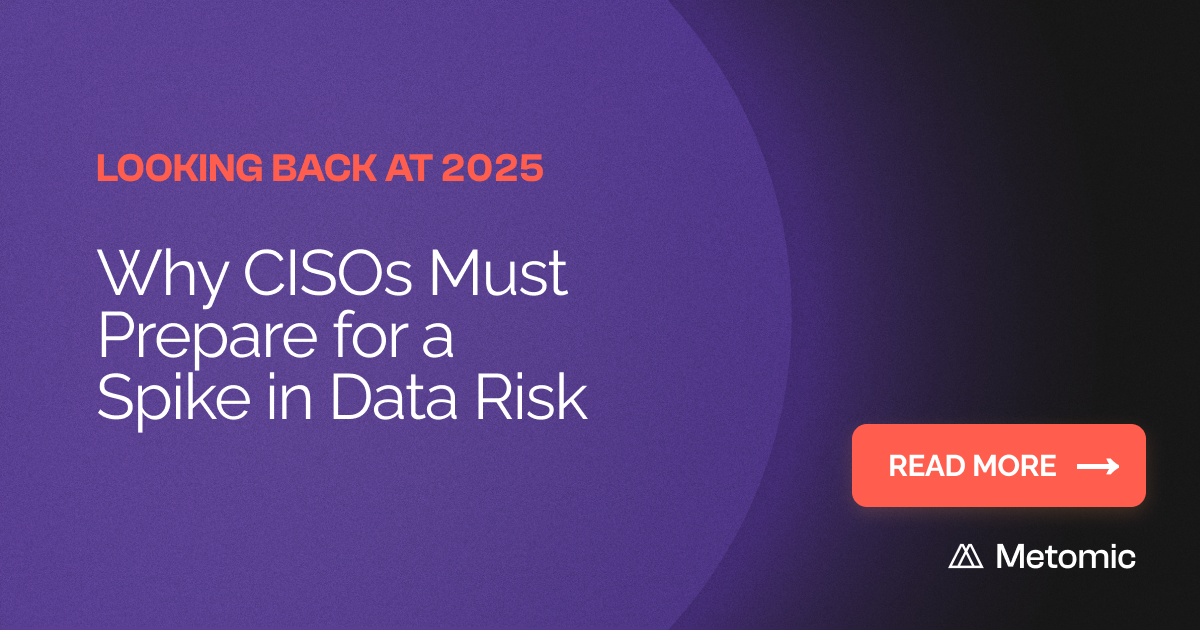2024’s Security Challenge: Enabling workforce productivity with SaaS and Generative AI, while staying secure and compliant
The SaaS revolution, which has now been accelerated by AI, has been a godsend when it comes to enabling productivity, but, it has also brought with it its fair share of concerns
.jpeg)
2024’s Security Challenge: Enabling workforce productivity with SaaS and Generative AI, while staying secure and compliant
The SaaS revolution, which has now been accelerated by AI, has been a godsend when it comes to enabling productivity, but, it has also brought with it its fair share of concerns
.jpeg)
The post pandemic workplace looks different. Not only is the workforce distributed, with many workers opting for hybrid or remote roles, but businesses are leveraging more and more cloud-based SaaS applications and Generative AI tools to increase collaboration and productivity.
The SaaS revolution, which has now been accelerated by AI, has been a godsend when it comes to enabling productivity, but, it has also brought with it its fair share of concerns, especially for CISOs and IT Security professionals, by opening businesses up to greater threats of a cyberattack or breach of compliance.
Balancing the need to empower and enable employees while ensuring security remains paramount poses a significant challenge for organisations. In navigating this landscape, how can IT and security teams effectively minimise risk without impeding productivity?
The Importance of Data Discovery
Effective data security starts with understanding where your sensitive data is stored. After all, you can’t protect what you can’t see.
Currently, data security is primarily happening in silos, with most efforts focused on databases and warehouses. But this tactic fails to protect any data that lives in SaaS applications used across dozens of business units and is accessible to hundreds of even thousands of people.
By implementing data discovery solutions that enable security professionals to holistically see exactly where data is stored and shared, as well as who has access to it, organisations will be better equipped to detect, connect, and protect sensitive data across their entire SaaS estate, from one unified platform. This proactive, real-time approach to monitoring access to sensitive data across SaaS and cloud-based apps, is an absolute must for the modern IT Security team.
The Silver Bullet of Data Security
It’s true that employee oversight is often the cause of data breaches in business. However, employees, or “the human firewall”, can also be the silver bullet of data security, if given the right tools to control their own risks. IT and Security teams that see the greatest success in preventing data breaches are the ones that approach data security from a position of shared responsibility between themselves and their coworkers across the rest of the organisation.
The best way to properly scale security practices across a modern workforce when each employee is an end-point in themselves, is by leveraging data security technology to alert employees to potential threats real time. By notifying the employee directly that they’ve just created a potential security risk, in the natural course of doing their job, they learn while they work and ultimately feel more enabled and trusted.
This kind of real time notification, with in-built controls to reverse the data risk they just created, can only happen when businesses put the right security tools in place to act as a safety net between employees doing their job and the SaaS tools they’re using to do it.
The Future of SaaS
Lastly, IT and Security teams need to make sure they’re implementing the right tools to help them manage their SaaS applications across the board. Whether their organisation is using Slack, Jira or G Drive, or all of the above, having one tool to help them discover and control sensitive data is a game-changer. By leveraging one tool IT and Security teams finally have access to one dashboard that gives them one place to see the hive of sensitive data activity across their entire suite of SaaS applications, with the ability to control the flow of that information with one click.
It’s estimated that by 2025, 85% of business apps will be SaaS-based. That’s why IT and Security teams supporting fast-growing businesses need to design and implement frameworks that support smooth SaaS operations. But not at the expense of security. By establishing effective security controls, collaborating with the broader workforce and implementing the right DLP tools, IT Security teams can safely enable workforce productivity, while preventing the occurrence of a SaaS data breach.




.png)